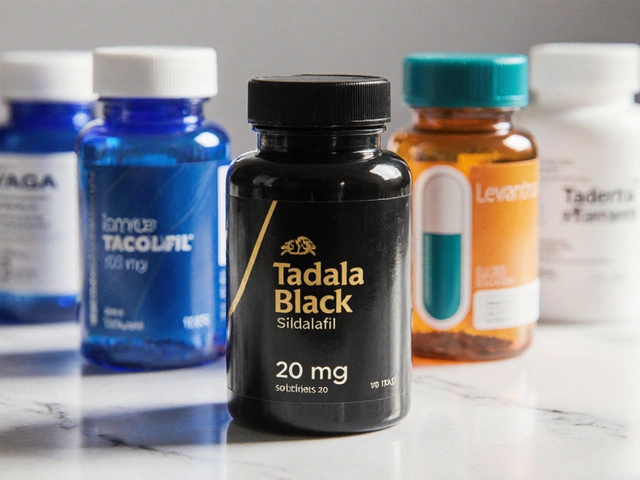Cytotec alternatives for labor induction: practical options and when they make sense
Cytotec (misoprostol) is widely used to ripen the cervix and start labor. Still, not every patient or hospital uses it. That’s why the October 2024 post on PharmaServe lays out nine alternatives you might hear about. I’ll summarize the main pros, routes, and concerns so you can talk to your clinician with better questions.
Alternatives at a glance
Cervidil (dinoprostone insert) is a timed vaginal insert that slowly releases prostaglandin. It’s FDA-approved for cervical ripening, easy to remove if contractions become too strong, and works well when controlled dosing matters.
Pitocin (oxytocin IV) triggers uterine contractions and is adjustable minute by minute. It doesn’t ripen the cervix, so providers often use it after mechanical or prostaglandin ripening. The main issues are needing close monitoring and a higher chance of strong contractions if overused.
Dinoprostone in gel or pessary form is another prostaglandin for ripening. It’s similar to Cervidil but uses different delivery. It’s useful when a short-acting option is preferred or when insert removal isn’t desired.
Mifepristone is better known for medical abortion, but in some protocols it’s used to soften the cervix before induction. It works slowly and is often combined with prostaglandins or oxytocin. Expect a delayed onset compared with direct prostaglandins.
Methotrexate isn’t a standard induction drug. It’s used in ectopic pregnancy and certain medical terminations, not for routine labor induction. It’s mentioned in some older protocols but rarely used for this purpose today.
Carboprost and Hemabate (carboprost tromethamine) are primarily used for postpartum hemorrhage, not as first-line induction agents. They’re powerful uterotonics and can cause significant side effects like nausea and bronchospasm, so they’re reserved for specific situations.
Letrozole is an aromatase inhibitor used for ovulation induction in fertility. It is not FDA-approved for labor induction. It appears in the discussion because it affects hormones, but it’s not a practical option for starting labor in routine care.
How to choose and safety tips
Choosing an induction method depends on cervical readiness, prior uterine surgery, reason for induction, and facility monitoring capabilities. If you have a prior cesarean, for example, certain prostaglandins may raise the risk of uterine rupture, so providers often avoid them. Off-label use exists, so ask whether the drug is FDA-approved for induction and why your clinician recommends it.
Ask about monitoring, removal options, expected timing, and common side effects. If rapid induction is needed, oxytocin in a monitored setting is common. If you want slower, more controlled ripening, Cervidil or dinoprostone gel may fit better. For any plan, keep an open line with your team and don’t hesitate to ask for written explanations of risks and alternatives.
Read the full October 2024 guide on PharmaServe for deeper details and real-world examples from clinicians to help frame your conversation with your provider.
Quick checklist: confirm FDA approval for your situation, ask about removal and monitoring, discuss prior uterine surgery, note estimated time to active labor, and get written consent for off-label use.

This in-depth article explores ten alternatives to Valtrex for managing herpes infections. From traditional antiviral medications like Acyclovir and Famciclovir to natural remedies like Aloe vera gel and L-lysine, each option is evaluated based on its effectiveness and application. The article provides a balanced view of each alternative’s pros and cons to help readers make informed choices. Whether seeking prescription solutions or over-the-counter relief, this guide offers insights into various treatments available today.

Cytotec, traditionally used for labor induction, has alternatives that cater to different needs and preferences. Cervidil offers a longer, controlled induction process, while Pitocin is known for its ability to adjust to patient requirements. Mifepristone and Methotrexate, though not primarily for labor induction, are effective in medical abortions. Options like Dinoprostone and Carboprost are viable for cervical ripening and handling postpartum issues. Letrozole and Hemabate offer niche solutions, though not FDA-approved for labor induction. Each option has unique benefits and challenges, helping healthcare providers tailor suitable plans for patients.







